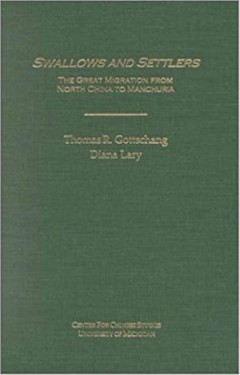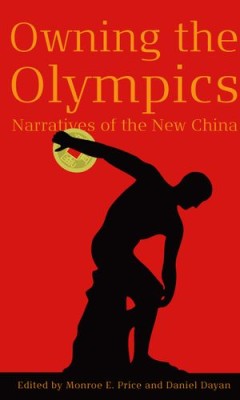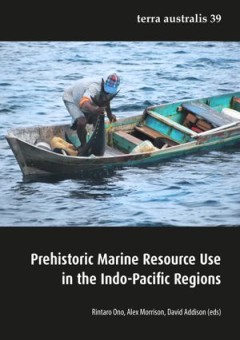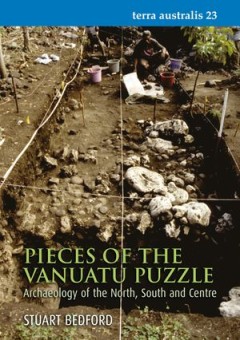Filter by

Swallows and Settlers: The Great Migration from North China to Manchuria
Between the 1890s and the Second World War, twenty-five million people traveled from the densely populated North China provinces of Shandong and Hebei to seek employment in the growing economy of China's three northeastern provinces, the area known as Manchuria. This was the greatest population movement in modern Chinese history and ranks among the largest migrations in the world. Swallows a…
- Edition
- -
- ISBN/ISSN
- 9780472901753
- Collation
- -
- Series Title
- -
- Call Number
- 951 GOT s

The Sian Incident: A Pivotal Point in Modern Chinese History
When Chiang Kai-shek arrived at Sian in the fall of 1936 and laid plans for launching his last campaign against the Red Army with an expectation of exterminating it in a month, he badly misjudged the mood of the Tungpei (Northeast) Army and more so its leader, Chang Hsueh-liang, better known as the Young Marshal. Refusing to fight the Communists, Chang with the loyal support of his officers sta…
- Edition
- -
- ISBN/ISSN
- 9780472902149
- Collation
- -
- Series Title
- -
- Call Number
- 951 WUT s

Owning the Olympics: Narratives of the New China
A major contribution to the study of global events in times of global media. Owning the Olympics tests the possibilities and limits of the concept of 'media events' by analyzing the mega-event of the information age: the Beijing Olympics. . . . A good read from cover to cover." —Guobin Yang, Associate Professor, Asian/Middle Eastern Cultures & Sociology, Barnard College, Columbia UniversityFr…
- Edition
- -
- ISBN/ISSN
- 9780472900497
- Collation
- -
- Series Title
- -
- Call Number
- 951 OWN o

The Spice Islands in Prehistory: Archaeology in the Northern Moluccas, Indonesia
This monograph reports the results of archaeological investigations undertaken in the Northern Moluccas Islands (the Indonesian Province of Maluku Utara) by Indonesian, New Zealand and Australian archaeologists between 1989 and 1996. Excavations were undertaken in caves and open sites on four islands (Halmahera, Morotai, Kayoa and Gebe). The cultural sequence spans the past 35,000 years, commen…
- Edition
- -
- ISBN/ISSN
- 9781760462901
- Collation
- -
- Series Title
- -
- Call Number
- 930.1 SPI s

Prehistoric Marine Resource Use in the Indo-Pacific Regions
Although historic sources provide information on recent centuries, archaeology can contribute longer term understandings of pre-industrial marine exploitation in the Indo-Pacific region, providing valuable baseline data for evaluating contemporary ecological trends. This volume contains eleven papers which constitute a diverse but coherent collection on past and present marine resource use in t…
- Edition
- -
- ISBN/ISSN
- 9781925021264
- Collation
- -
- Series Title
- -
- Call Number
- 930.1 PRE p

The Petrie Museum of Egyptian Archaeology: Characters and Collections
The Petrie Museum of Egyptian Archaeology first opened its doors in 1915, and since then has attracted visitors from all over the world as well as providing valuable teaching resources. Named after its founder, the pioneering archaeologist Flinders Petrie, the Museum holds more than 80,000 objects and is one of the largest and finest collections of Egyptian and Sudanese archaeology in the worl…
- Edition
- -
- ISBN/ISSN
- 9781910634042
- Collation
- -
- Series Title
- -
- Call Number
- 930 STE p

Pieces of the Vanuatu Puzzle: Archaeology of the North, South and Centre
Pieces of the Vanuatu Puzzle presents the results of the most intensive and widespread archaeological investigations in Vanuatu for more than 30 years. For the first time the results of extensive excavations carried out on three islands in the archipelago are published. The sites span from the period of initial Lapita settlement through to later cultural transformations. The research has brough…
- Edition
- -
- ISBN/ISSN
- 9781921313035
- Collation
- -
- Series Title
- -
- Call Number
- 930.1 BED p

Regional Free Trade Areas and Strategic Trade Policies
This book presents a theoretical investigation of the formation of regional free trade agreements (FTAs), the behavior of global enterprises, and government trade policies in various game forms including multi-stage games, repeated games, and timing games. In the last few decades, the number of FTAs has been rapidly increasing in the world, especially in Asia. In particular, East Asian countrie…
- Edition
- -
- ISBN/ISSN
- -
- Collation
- -
- Series Title
- -
- Call Number
- -

Regional Economic Impacts of Terrorist Attacks, Natural Disasters and Metropo…
This book presents a multiregional input-output model for the metropolitan area of Southern California, which helps to estimate the economic impact of simulated terrorist attacks on seaports, malls etc. as well as of natural disasters such as earthquakes and tsunamis. The authors also analyze the economic and social effects of metropolitan policies such as growth controls, neighborhood gentrifi…
- Edition
- -
- ISBN/ISSN
- -
- Collation
- -
- Series Title
- -
- Call Number
- -

Regional Development in Rural Areas: Analytical Tools and Public Policies
This book intends to provide analytical and policy tools for investigating the question of the development of rural and peri-urban areas. The aim is to shed some light on this topic and in particular to contribute to a better understanding of the link between issues of regional or territorial development and issues of rural development. The text addresses the question of the disputed notions an…
- Edition
- -
- ISBN/ISSN
- -
- Collation
- -
- Series Title
- -
- Call Number
- -
 Computer Science, Information & General Works
Computer Science, Information & General Works  Philosophy & Psychology
Philosophy & Psychology  Religion
Religion  Social Sciences
Social Sciences  Language
Language  Pure Science
Pure Science  Applied Sciences
Applied Sciences  Art & Recreation
Art & Recreation  Literature
Literature  History & Geography
History & Geography